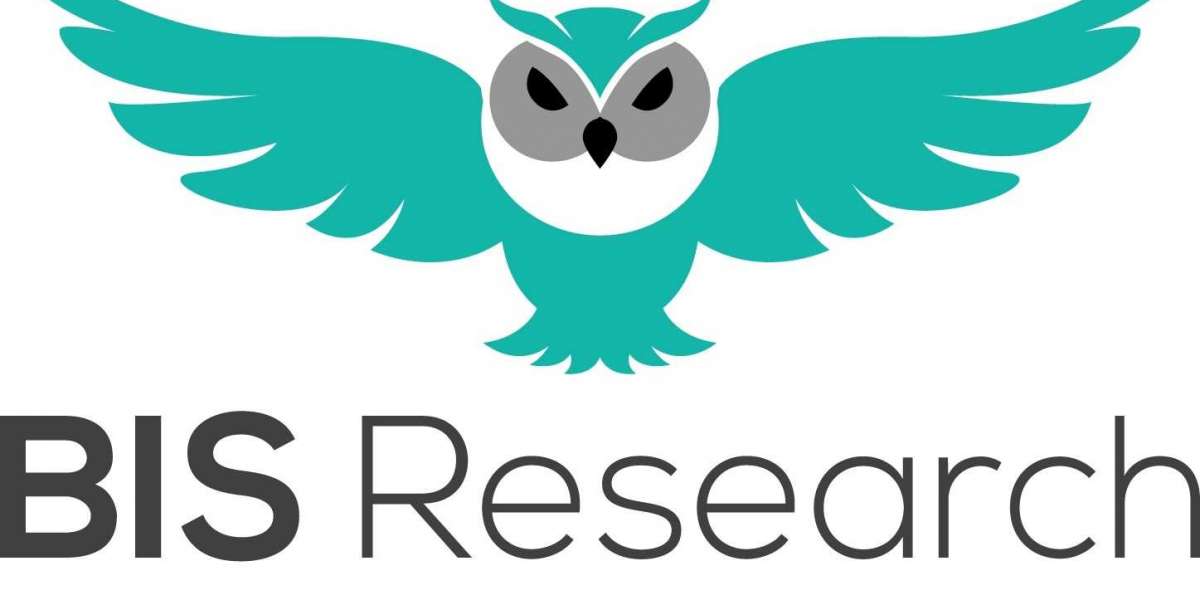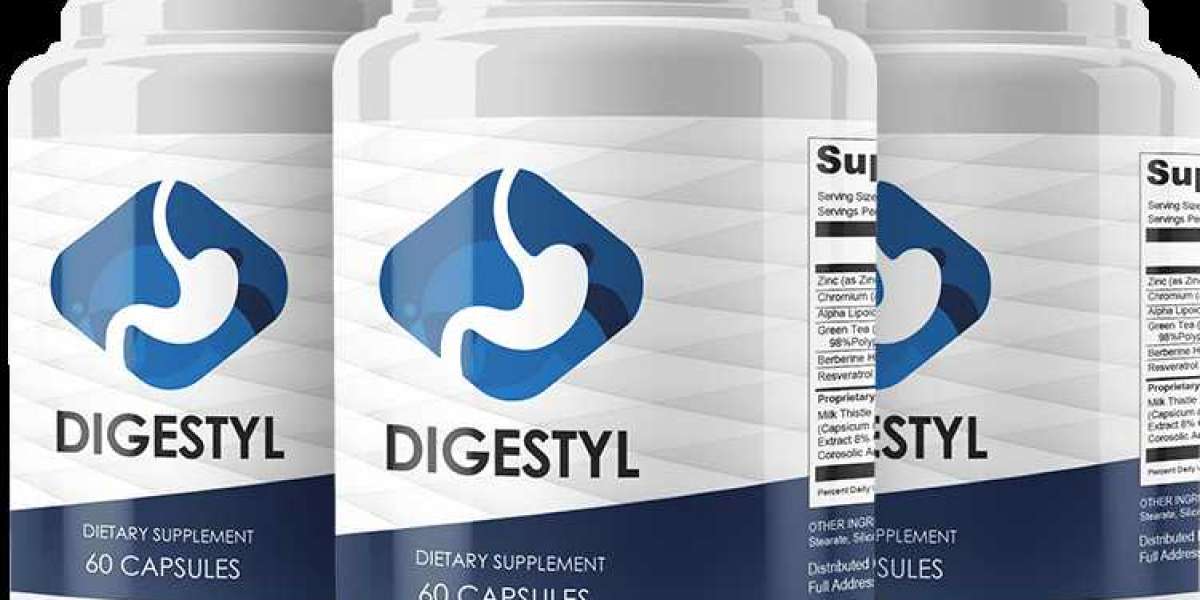The global surface treatment chemicals market is growing in the present market, especially in automotive, general industries and machineries, coil industry, and aerospace, alongwith other applications, including metal working, glass, and wood industries. These endusershave been adopting surface treatment chemicals as these materials enhance the durability, aesthetics, corrosion and weathering resistance and longevity of the substrates/components on which they are applied to. Also, there have been recent developments in surface treatment chemicals where these materials have been found to be effective in combating the COVID-19 virus.
Among the various chemical types of surface treatment chemicals, the corrosion protection chemicals hold the largest market share. However, the adoption of passivation chemicalsis expected to be increasing fastest during the forecast period 2020-2025.
Among the various base material/surface types, the metals hold the largest market share. However, the demand for surface treatment chemicals for other surfaces, such as wood and glass, is expected to be witnessing the fastest growth during the forecast period, 2020-2025.
Apart from growing demand for the surface treatment chemicals, there are some issues that are likely to restrictthe market growth. These include strict environmental norms related to the release of harmful chromium contents, such as hexavalent chromium, and severely impacted automotive and aerospace industries due to the global lockdowns imposed as a safety measure against the COVID-19 virus.
The global Surface Treatment Chemicals Market accounted for $6,187.4 million in 2019 and is expected to be $7,833.5 million by 2025. The market is anticipated to grow at a CAGR of 6.19% during the forecast period 2020 to 2025. The market growth is attributed to the increased adoption of surface treatment chemicals in the growing end-use industries, such as automotive, general industries and industrial machinery, coil industry, and aerospace. These materials have proved their potential against combating COVID-19 by the development of the MIRO UV-C product by ALANOD GmbH.
Competitive Landscape -
The surface treatment chemicalshave been enhancing the durability, corrosion and weathering resistance, aesthetics, and longevity of the materials they are applied to. As a result, these materials have been gaining popularity in the automotive, general industrial, industrial machinery, aerospace, and other (metal working, glass, and wood) segments. Among these, the automotive sector has been witnessing high adoptions, paving market opportunities for both established market players and new market entrants.Further, there have been various kinds of business activities exercised by the market players so as to establish themselves and create a good customer base across the globe.
Some of the business and corporate strategies executed in this regard are product launches, business expansions, formation of mergers and acquisitions, and signing of partnerships, collaborations, and joint venturesby established players as well as new entrants in the surface treatment chemicals market. Several companies, including Aalberts Surface Treatment, ALANOD GmbH, Chemetall GmbH, Henkel AG Co. KGaA, OC Oerlikon Corporation AG, and SOCOMORE were involved in the new product launches; Chemetall GmbH, Henkel AG Co. KGaA, Nihon Parkerizing Co., Ltd., Nippon Paint Holdings Co., Ltd., PPG Industries, Inc., Quaker Chemical Corporation, SurTec, and Keronite were involved in business expansions; Aalberts surface treatment, ALANOD GmbH, Chemetall GmbH, OC Oerlikon Corporation AG, Quaker Chemical Corporation, SOCOMORE, and SurTec were involved in mergers and acquisitions with other companies/firms/organizations;and Chemetall GmbH, Nihon Parkerizing Co., Ltd., Nippon Paint Holdings Co., Ltd., PPG INDUSTRIES, INC., and Solvay were involved in forming partnerships, collaborations and joint ventures with other companies. These strategies were adopted by the industry players for establishing theirmarket footprints in the global surface treatment chemicals market.
Request Sample - https://bisresearch.com/requestsample?id=980type=download
Key Questions Answered in this Report:
- How much revenue was generated by the global surface treatment chemicals market in 2019, and how much revenue is expected to be generated by the market by 2025?
- What are the major market drivers, restraints, opportunities,and challenges in the global surface treatment chemicals market?
- How is the global surface treatment chemicals market expected to grow during the forecast period, on the basis of segments?
The segments are :
o chemicals, includingcorrosion protection chemicals, cleaners, anodizing chemicals, passivation agents, and others.
o base material/surface type, including metals, plastics, and others (other surfaces, such as wood and glass)
o applications, including automotive, general industrial, industrial machinery, coil industry, aerospace, and others
o regions, including North America, Asia-Pacific (APJ), China, Europe, U.K., Middle East and Africa (MEA), and South America
o Impact of COVID-19 on business dynamics of different regions
- What are the key development strategies implemented by the major players in order to sustain in the competitive market?
- What are the key regulatory implications in developed and developing regions toward the regulations and standards for surface treatment chemicals?
- Who are the leading players with significant offerings to the global surface treatment chemicals market? What is the current market dominance for each of these leading players?
BIS Research Offerings - https://bisresearch.com/our-offerings/subscriptions
You May Also Like -
Collaborative Robot Market - Industry Analysis and Forecast upto 2025 | BIS Research








